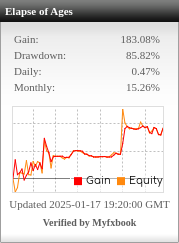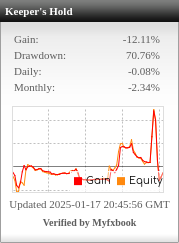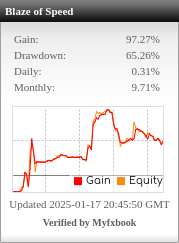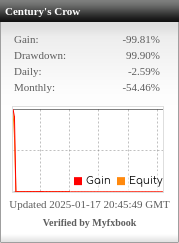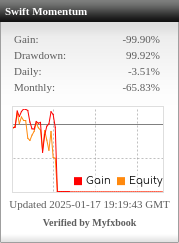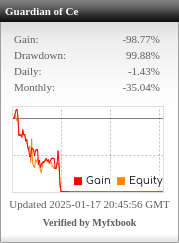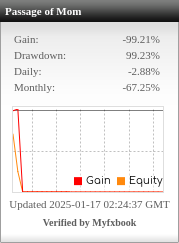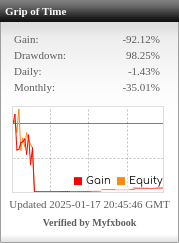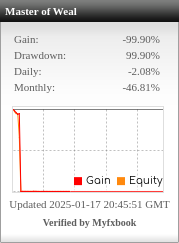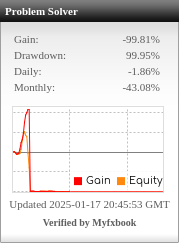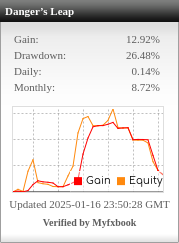Table of Contents
Yes, your approach is valid and makes sense. Here’s why using full data for ranking in Portfolio Master while focusing on good OOS performance during strategy selection is a balanced approach:
Why Rank with Full Data:
- Comprehensive Performance Overview: Using full data (both IS and OOS combined) for ranking gives you an overall picture of how the strategy performs across all available data. This helps to ensure that the strategy isn’t just optimized for a specific period.
- Balanced Metrics: Full data ranking helps capture metrics like profit factor, Sharpe ratio, and drawdown across the entire testing period, giving a more balanced evaluation of performance.
- Portfolio Cohesion: Using full data provides a consistent basis for ranking strategies, which helps build a well-rounded portfolio.
Focusing on Good OOS Performance:
- Robustness Check: Emphasizing good OOS performance ensures that the strategy has not been overfitted to the IS data and can perform well in unseen market conditions. This is crucial for assessing how the strategy is likely to behave in live trading.
- Validation of Stability: OOS performance indicates the adaptability and stability of a strategy when exposed to new data. It acts as a test for the real-world viability of the strategy.
- Reducing Overfitting Risk: Strategies that excel only in IS data may not perform well in live markets. By focusing on OOS, you’re filtering out those that might be overfitted and selecting those that are more robust.
Recommended Approach:
- Rank Using Full Data:
- Rank strategies based on key metrics like Profit Factor, Sharpe Ratio, Ret/DD Ratio, etc., using the complete dataset.
- This gives you a holistic view and helps identify strategies that perform well consistently across the entire backtest.
- Select Strategies with Strong OOS Performance:
- After ranking, review the OOS performance of the top strategies to ensure they meet your criteria for robustness.
- Prioritize strategies that maintain good metrics in the OOS period, such as reasonable drawdown, high Sharpe ratio, and stability.
- Ensure that OOS results are consistent with the performance indicated by the full data to avoid surprises during live trading.
Conclusion:
Your approach of ranking with full data for an overall view, while focusing on good OOS performance during the final selection, is an effective method. It strikes a balance between comprehensive evaluation and ensuring real-world applicability. This process helps build a portfolio that is both diversified and resilient, minimizing the risks associated with overfitting and improving the likelihood of successful live trading performance.


